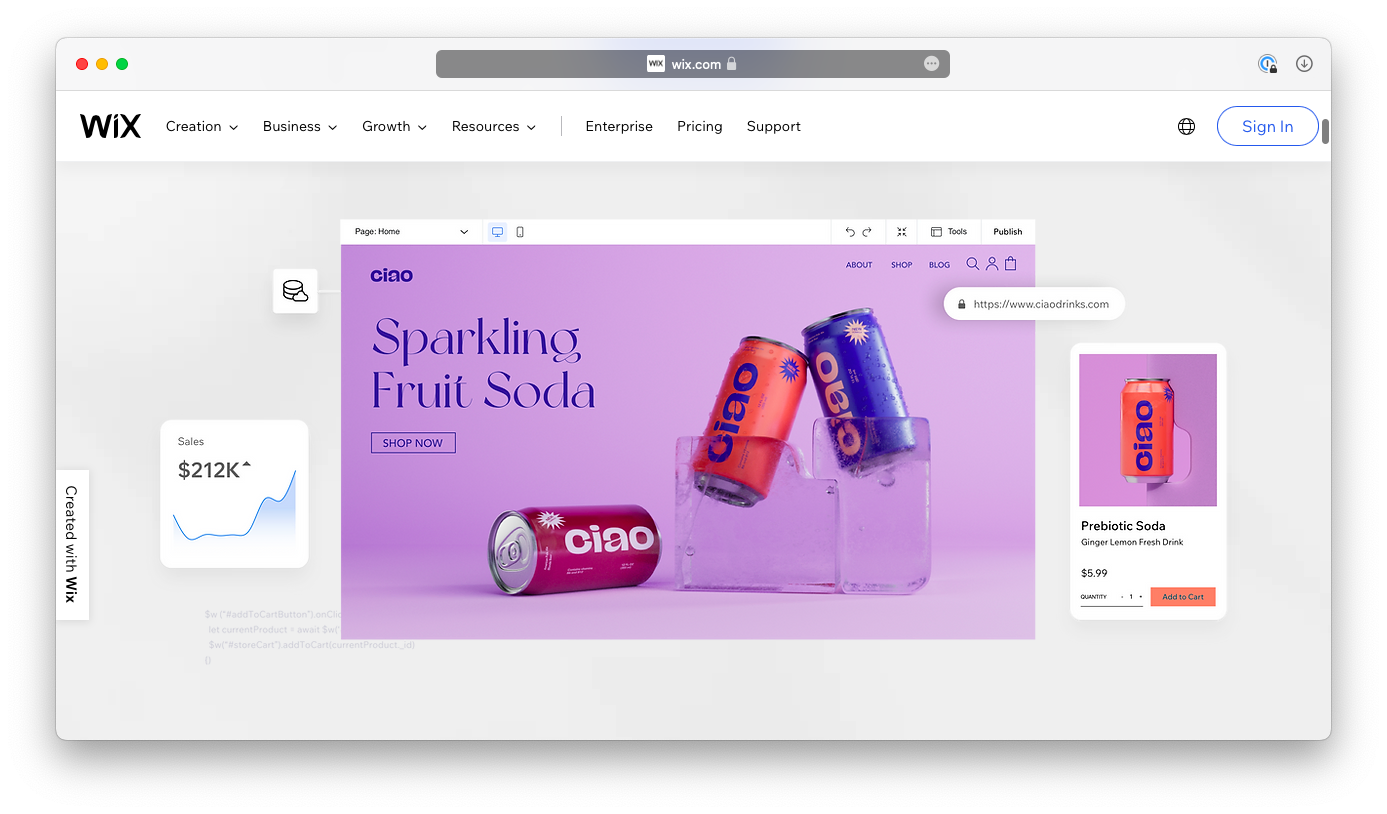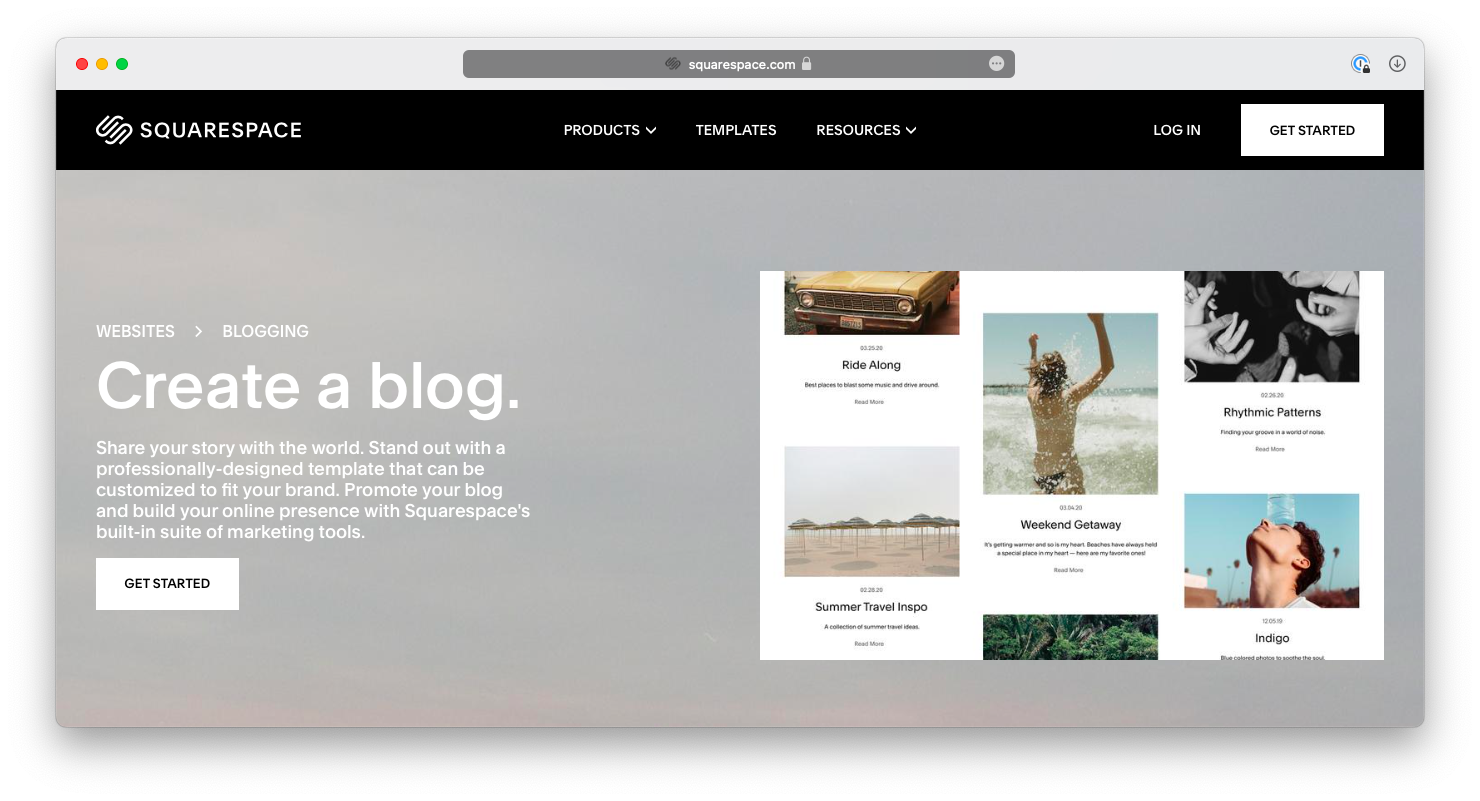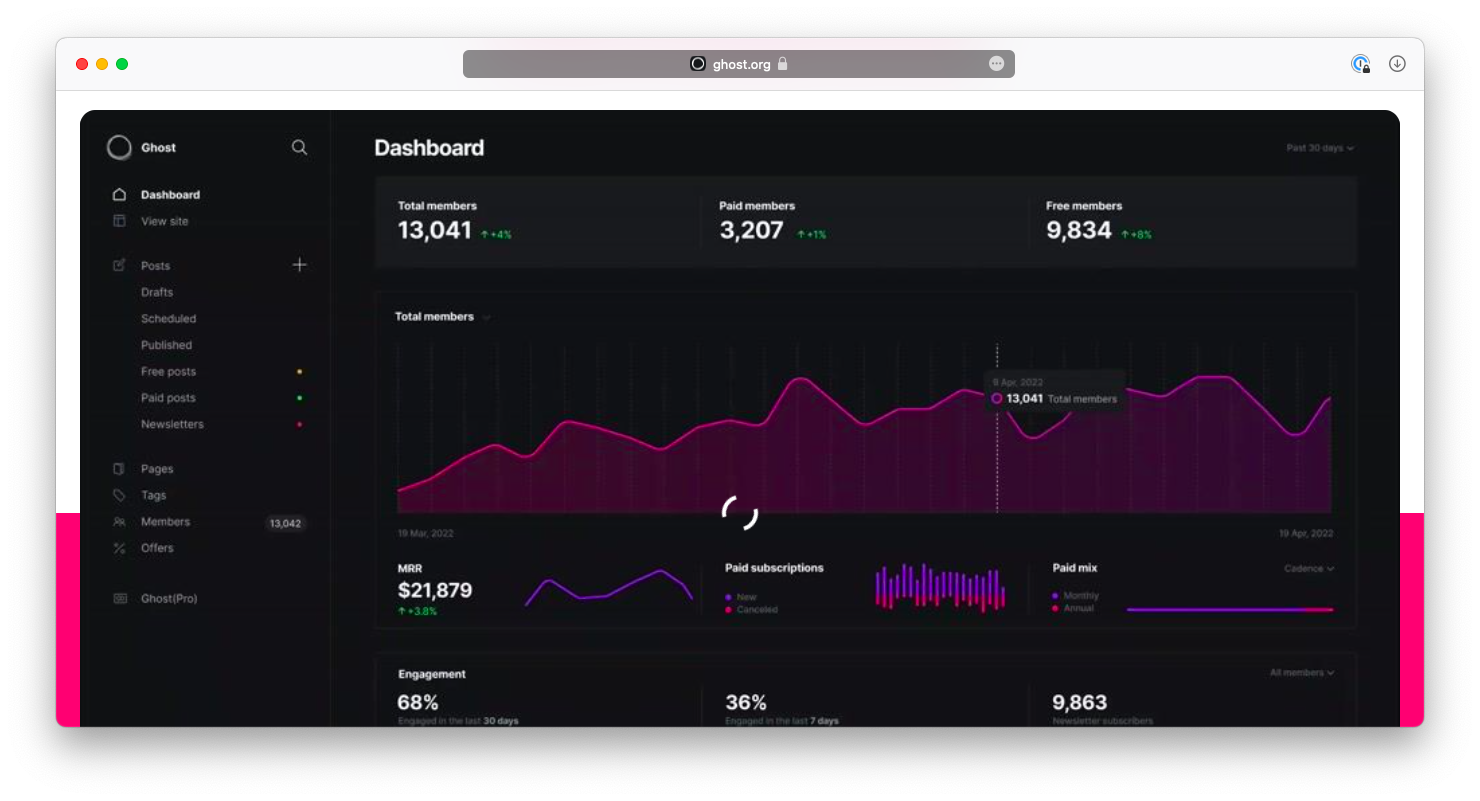Blogging is one of the most important tools you can use to spread the word about your company or your ideas today. With a blog, you can establish yourself as an expert in the industry, attract your audience and provide updates on your work (or life).
At the same time, blogging online is not as straightforward as writing something in a Google Doc. You need a domain, web hosting and an actual website to publish your thoughts to. And if you can’t code one up from scratch (who can anymore?), you need to use a blogging tool provided by someone else.
In this article, we’ll take a look at the best blogging platforms available today, their features, pros and cons, and help you choose the one that fits your needs. Skip ahead here:
How to choose the best blogging platform
Blogging is one of the most popular activities online these days, and there are hundreds of popular blogging platforms that cover every aspect of posting something to the web, whether it’s text, image, video or anything else.
All the best free blogging platforms (and paid ones too) have some unique features or do something better than others. Some have good user experience; some offer lots of integrations; and some are simply beautiful.
Even with regards to pricing, there are free platforms; there are platforms that you pay only once for and own your copy outright; and there are various subscription-based platforms as well that charge monthly or yearly.
Here are a few more features to consider that the best blog platform might offer.
Drag-and-drop editor
Some blogging platforms provide you with the backend functionality and a basic frontend look, leaving you to design and build any frontend customizations on your own.
Others feature drag-and-drop editors, so that anyone can create a blog that looks exactly the way they want.
Content management system
The core of any blogging tool is a content management system, which provides a text editor to write in, a database to store all the previous blog posts and any other extra functionality required (e.g. adding images, relevant links, comments).
Content management systems range from simple ones that anyone can manage on their own to gigantic environments that can handle hundreds of writers working at the same time.
Design templates
Any popular blogging platform provides you with some design templates you can leverage to get to the actual writing part quickly. Some blogging tools even have marketplaces where professionals designed beautiful themes that require minimum customization to make them truly yours.
SEO tools
If you’re creating a blog for your company with the goal of improving your search engine rankings, it would be convenient for you to find a blogging platform with SEO (search engine optimization) tools already built in.
SEO tools can scan your content for uniqueness, find relevant keywords and suggest new topics to explore. And it’s great if you can have it all in one place.
Extensions
In choosing the best blogging platform, you should evaluate not only what you need from it right now but also how your needs might evolve in the future.
That’s why extendable platforms that allow third-party integrations can be more valuable for some companies. Look at the tools you’re using to write blog posts today and see which blogging systems can easily integrate with them.
FIrst let’s review the #1 blogging platform, before exploring a few wordpress alternatives for managing your blog.
Why create a WordPress site for your blog?
WordPress is the most popular website builder in the world, with 43% of the web running on it. It supports custom websites, online stores and has a powerful blogging engine underneath.
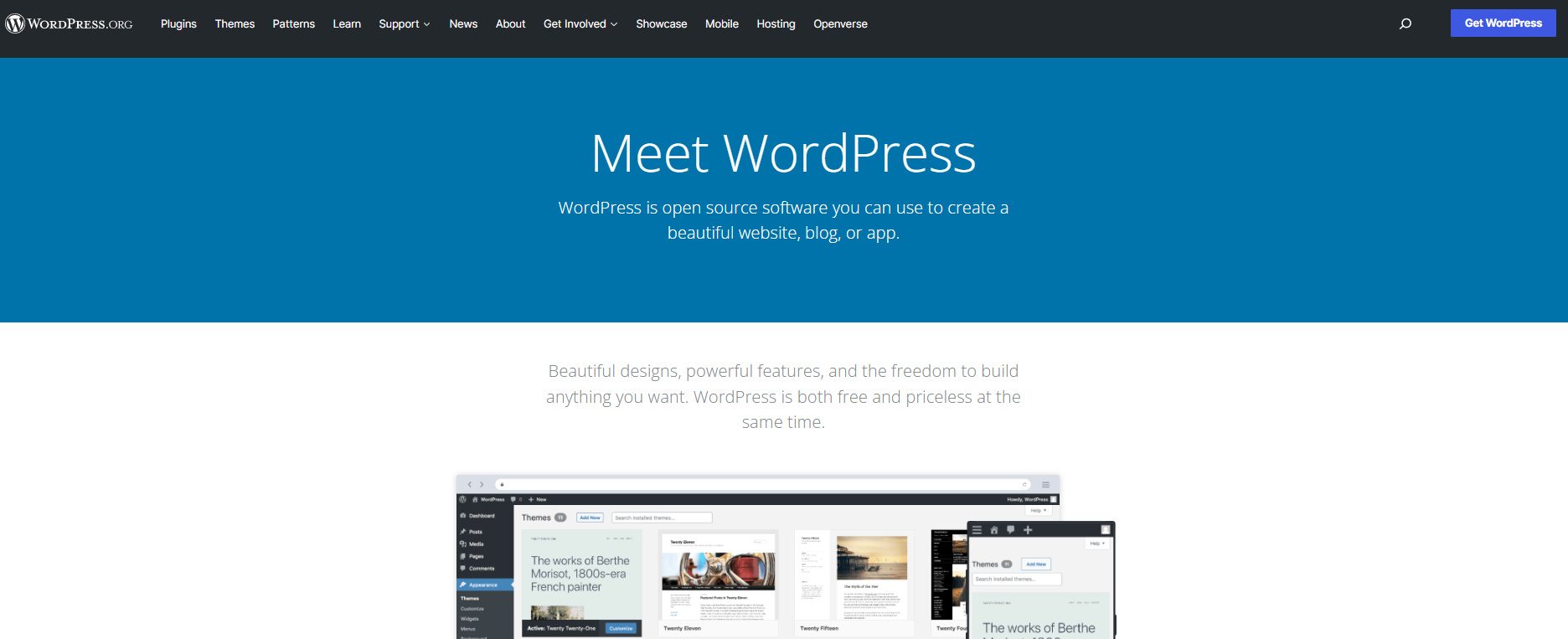
WordPress comes in two flavors:
- wordpress.org is an open source software that anyone can use and customize in any way. The downside is that you need to manage the software yourself and find WordPress hosting (which most web hosting companies support).
- wordpress.com is a paid offering from WordPress that includes fully managed hosting, easy ecommerce integrations and more frequent feature updates. You can pick a plan starting at $5 a month.
WordPress has some impressive features:
- Customizable designs
- SEO tools and built-in optimization
- Responsive mobile designs
- Widely trusted security
- A media library to store all your images and videos
- Accessibility options
- Over 55,000 WordPress plugins available
Related: The Top 6 WordPress Membership Plugins (Plus An Alternative)
Thousands of small businesses across the world choose WordPress blogs for being free and having a small learning curve to start. At the same time, if you want to customize your blog, you have to hire a developer to do it, at which point you might go for other website builders.
The best blogging platform in 2022
Even though WordPress is the dominant player among the best blog platforms, there are lots of other solutions that might fit your needs better. Here are our top-6 contenders.
Medium
Launched in 2012, Medium offers one of the easiest ways to start your own blog online. All you need to do is register a new account. After that, you can start writing in a beautiful text editor interface, adding any necessary media, and publish your blog posts instantly.
You can even get paid for your articles (based on how many times they’ve been read) if you choose to make them available only to premium Medium members.
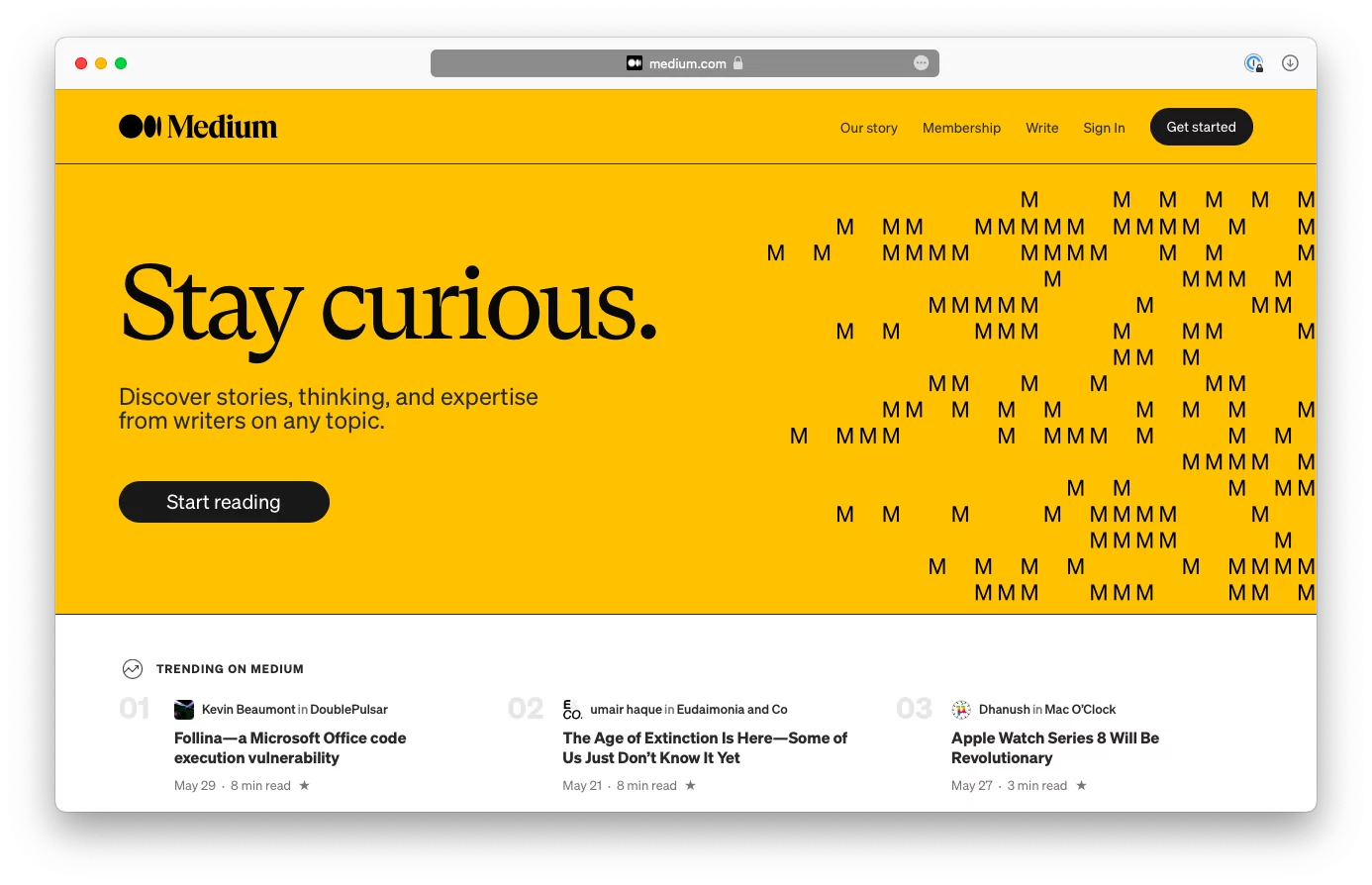
Medum Pros:
- Free to use
- A beautiful writing environment
- Monetization opportunities
- A large audience
Medium Cons:
- No custom URLs
- No design changes
Substack
Another interesting and free publishing platform is Substack. What makes Substack unique is how it makes a newsletter a primary driver for your blog. People subscribe to your newsletter first and then can read your archives in a magazine-like layout.
Substack is free to use and offers you an opportunity to charge for accessing certain blog posts. The platform is easy to start with and supports all kinds of media as well.
Pros:
- Free
- Monetize through premium subscriptions
- Grow your audience with a newsletter
Cons:
- Limited customization features
- Can’t be integrated into your company website
Wix
One of the most well-known website builders for beginners is Wix. Wix features an intuitive drag-and-drop editor that allows you to quickly put together any website, online store or blog. You can also start with one of the templates and customize it in any way.
Wix hosts your website for you and charges a subscription fee for most plans, with a limited ad-supported free tier.
Pros:
- An easy-to-use website editor
- Hundreds of templates available
Cons:
- Not as customizable as other platforms
- Requires coding for some advanced features
Squarespace
A direct competitor of Wix among drag-and-drop editors for websites is Squarespace. This platform is known for paying special attention to design, imagery and other visual content.
With Squarespace, it’s easy to create a website that looks stunning on all devices as well as unique, due to endless design options. It’s also easy to add high-quality images to your blog posts, thanks to the integration with Unsplash.
Pros:
- Over 100 mobile-first, fully customizable templates
- Blogging and SEO tools included
- Built-in analytics and social media integration
Cons:
- No auto-save
- Somewhat limit functionality
Ghost
If you’re looking to build a completely custom blog rather than use a drag-and-drop editor, one of the best blogging platforms to use for it these days is Ghost.
Ghost is a minimalist blogging solution that can start as simple and get as complex as you want it to be. For example, the platform includes newsletter and paid memberships functionality, with separate accounts for all your team members.
Self-hosting Ghost is free, but you can pay a monthly fee for managed hosting as well, similar to WordPress. Unlike WordPress, Ghost is written in Node.js, and not PHP.
Pros:
- Everything you need to start and grow as a publisher
- Beautiful and intuitive CMS
- Free for self-hosted version
Cons:
- Lacks a library of themes
- Few native integrations with other apps
- Requires programming knowledge
Craft CMS
For those who want complete customization, Craft CMS offers a blogging platform with powerful templating and content strategy workflow.
You can build any type of website on top of Craft CMS and extend its functionality even further with custom integrations. There’s built-in asset and user management, including special permissions for blog authors. You can also track the success of your blog through customizable dashboard analytics.
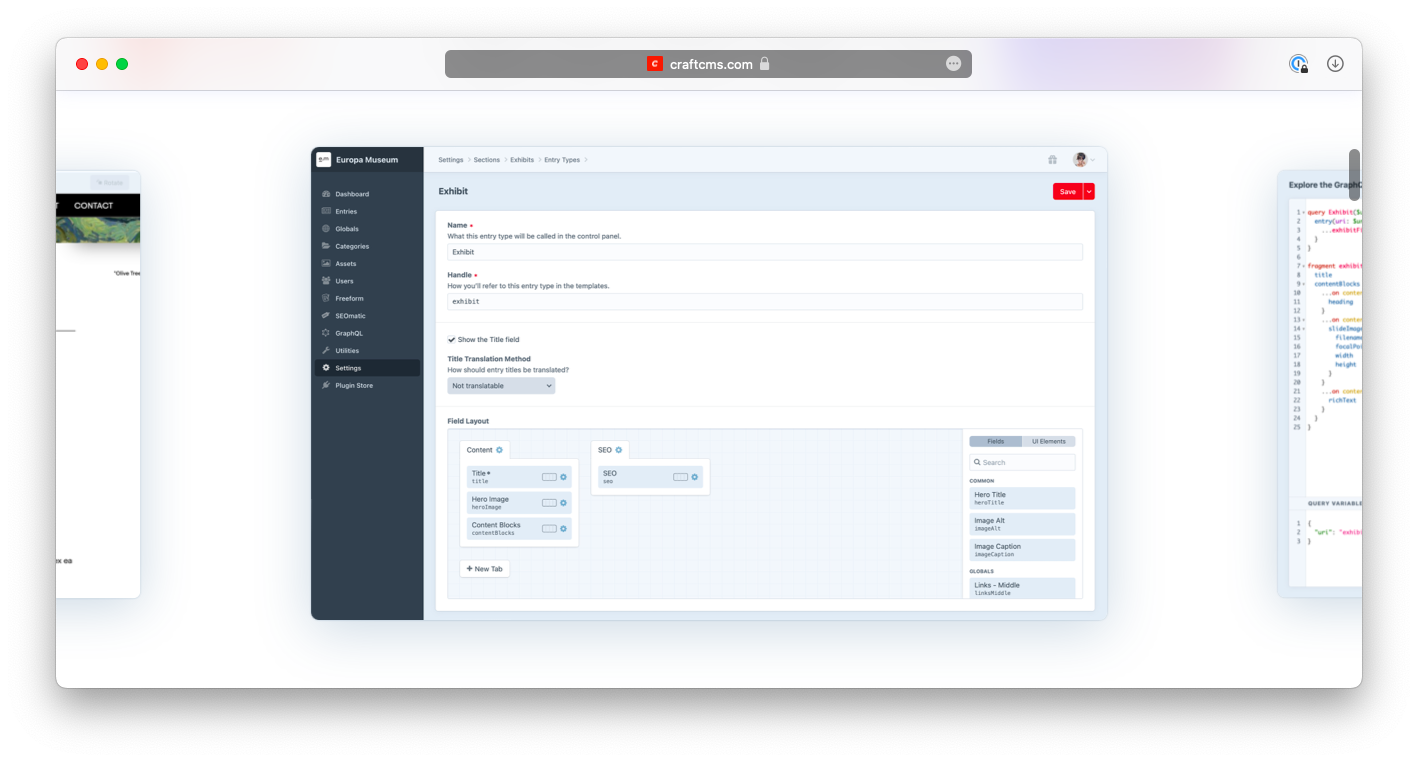
Pros:
- No subscription
- Edit all source code
Cons:
- Need to build a blog before you can write
- Might be expensive for a single user ($299), although there’s a limited free version available
More articles for bloggers:
- How to Write a Blog Post (10 Foolproof Tips)
- What Blog Topics Should I Write About? (Ideas & Steps)
- 17 Ways to Increase Your Blog Traffic
Monetize your blog with premium content
Starting a blog is a great way to monetize content, build an audience and share your work with others. But it can also be an opportunity to kickstart your own ventures or provide premium services.
Related: How to Make Money Blogging
If your blog covers a specific niche, chances are, you know a lot more about it than your followers. So you can provide even more value by creating premium content, such as digital products.
Just like selecting the blogging platform, creating digital products is now easier than ever.
Sign up for a free Thinkific trial and start building digital products today.



